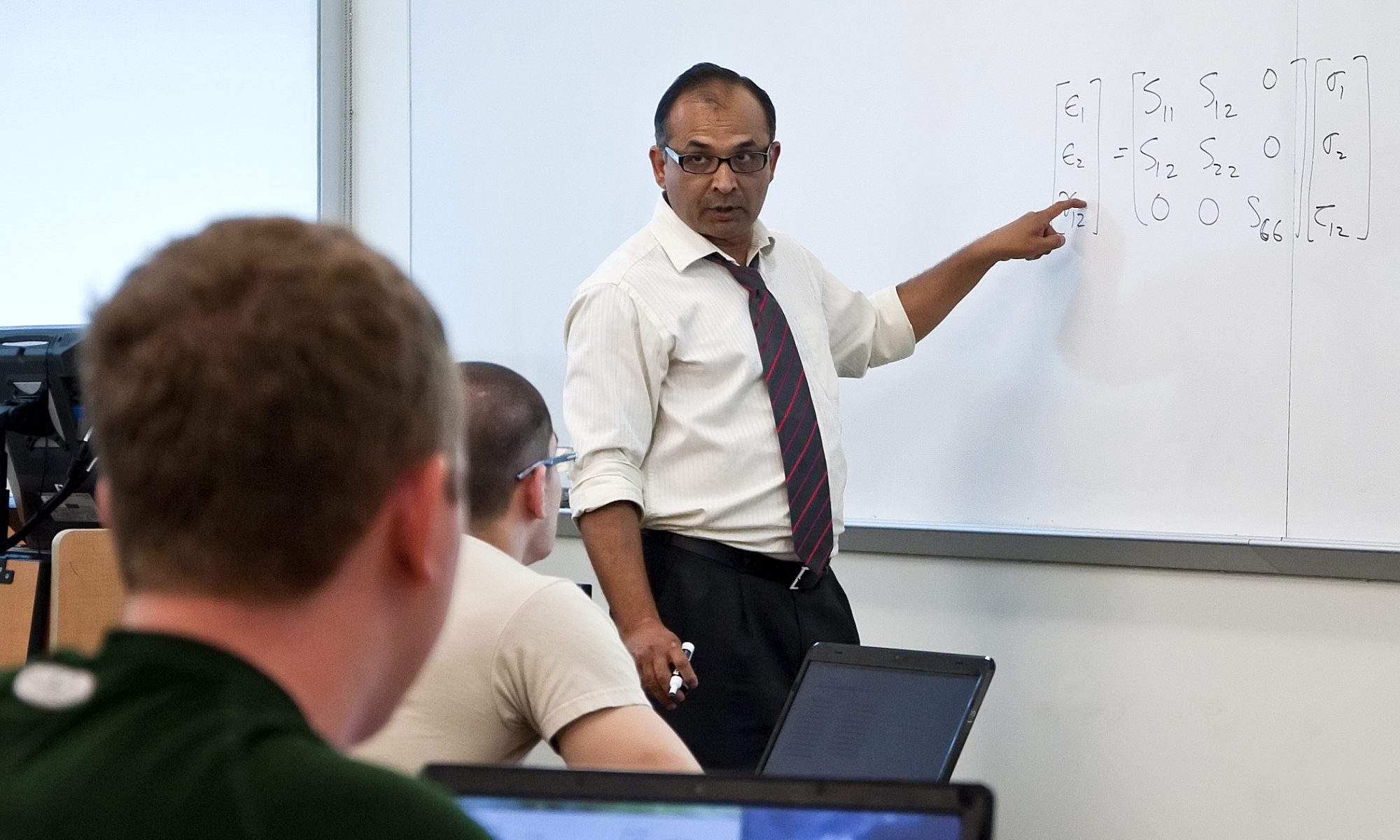With the literature calling for comparisons among technology-enhanced or active-learning pedagogies, a blended versus flipped instructional comparison was made for numerical methods coursework using three engineering schools with diverse student demographics. This study contributes to needed comparisons of enhanced instructional approaches in STEM and presents a rigorous and adaptable methodology for doing so.

Our flipped classroom consisted mostly of in-class active learning, with micro-lectures as needed, and technology used both in and out of class, including for expected pre-class review of new content. Our blended classroom consisted mostly of lecture with some in-class active learning, and technology utilized both in and out of class. However, students were not expected to review new content before class. We compared blended vs. flipped instruction based upon multiple-choice and free-response questions on the final exam as well as the perceived classroom environment. This was done for students as a whole as well as for under-represented minorities (URMs), females, community college transfers, and Pell Grant recipients. Students provided feedback via focus groups and surveys. Upon combining data from the schools, the blended instruction was associated with slightly greater achievement on the multiple-choice questions across various demographics, but the differences were not statistically significant, and the effects were small. Our free-response final exam and classroom environment data aligned, with blended instruction showing more promise at two schools. The students identified demanding expectations with flipped instruction but pointed to benefits, such as enhanced learning or learning processes, preparation, and engagement. These results aligned with our focus group and instructor interview data. Thus, in general, it may be possible to use either instructional approach with the expectation of similar outcomes in final exam scores or the perceived classroom environment, keeping in mind the students qualitatively identified benefits with flipped instruction. Nonetheless, there were some large differences for the schools individually, suggesting further research with different demographics.
References:
Clark, Renee; Kaw, Autar; Lou, Yingyan; Scott, Andrew; and Besterfield-Sacre, Mary (2018) “Evaluating Blended and Flipped Instruction in Numerical Methods at Multiple Engineering Schools,” International Journal for the Scholarship of Teaching and Learning: Vol. 12: No. 1, Article 11. Link to Full Text
R. Clark, A. Kaw, M. Besterfield-Sacre, “Comparing the Effectiveness of Blended, Semi-Flipped, and Flipped Formats in an Engineering Numerical Methods Course”, ASEE Advances in Engineering Education, pp. 1-38, Vol. 5, 2016. Link to Full Text
L. Barba, A. Kaw, J. LeDoux, “Guest Editorial: Flipped Classrooms in STEM”, ASEE Advances in Engineering Education, Volume 6, Issue 2, Fall 2017, Link to Full Text
